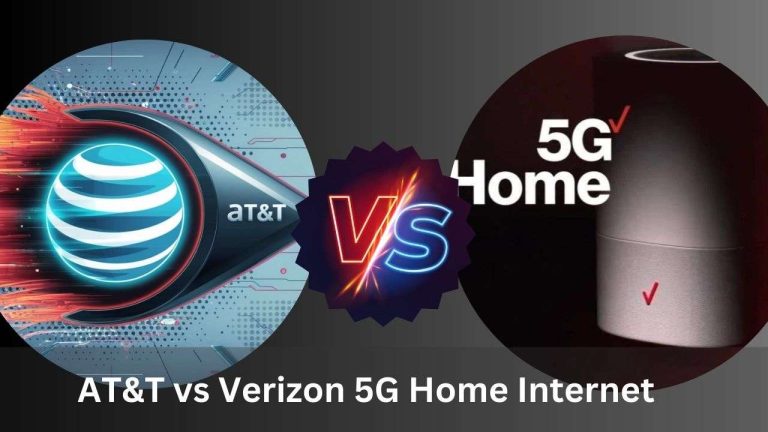V-MSC (Visited Mobile Switching Center): Role and Importance in Mobile Networks
telcomatraining.com – In today’s interconnected world, mobile communication plays a crucial role in both personal and business interactions. One of the essential components of mobile networks is the Visited Mobile Switching Center (V-MSC). This article explores the role and importance of V-MSC in mobile networks, its functions, and how it contributes to seamless communication.
What is V-MSC?
The Visited Mobile Switching Center (V-MSC) is a key entity in cellular networks, responsible for handling mobile users when they move outside their home network and enter a different service area. It temporarily manages the communication services of roaming subscribers while they are in the visited network.
In a GSM (Global System for Mobile Communications) network, the V-MSC is crucial for ensuring uninterrupted service for mobile users traveling across different geographical locations. It works in conjunction with other network components such as the Home Mobile Switching Center (H-MSC), Home Location Register (HLR), Visitor Location Register (VLR), and Base Station Subsystem (BSS).
Role of V-MSC in Mobile Networks
1. Call Handling and Routing
One of the primary functions of the V-MSC is to handle and route calls for roaming users. When a mobile subscriber moves from their home network to a visited network, the V-MSC takes over call processing, ensuring that incoming and outgoing calls are routed correctly.
2. Authentication and Security
Security is a major concern in mobile networks. The V-MSC works closely with the Authentication Center (AuC) to verify the identity of roaming users. It ensures that only authorized subscribers can access network services, thus preventing fraud and unauthorized usage.
3. Handover Management
Seamless connectivity is essential for a good user experience. The V-MSC plays a vital role in managing handovers when a user moves from one cell to another. It coordinates with Base Station Controllers (BSCs) to ensure that ongoing calls or data sessions are not dropped during transitions between network cells.
4. Subscriber Location Management
The V-MSC updates the Visitor Location Register (VLR) with real-time subscriber information, including location updates. This enables efficient call routing, message delivery, and mobility tracking, ensuring that users receive services even when they change locations.
5. Interconnection with Other Networks
To provide a seamless experience, the V-MSC connects with multiple network entities such as the Public Switched Telephone Network (PSTN), Integrated Services Digital Network (ISDN), and other mobile networks. This ensures that users can communicate across different service providers and geographic regions.
Importance of V-MSC in Mobile Networks
1. Ensuring Uninterrupted Roaming Services
For frequent travelers, uninterrupted connectivity is essential. The V-MSC ensures that users can continue making calls, sending messages, and using mobile data even when they move outside their home network. This is crucial for both personal and business communication.
2. Optimizing Network Performance
By handling mobile subscribers efficiently, the V-MSC helps optimize network performance. It manages load distribution and reduces congestion, leading to better call quality and lower latency.
3. Enhancing User Experience
A well-functioning V-MSC ensures smooth network transitions, reducing dropped calls and improving service reliability. This enhances the overall user experience and increases customer satisfaction.
4. Supporting Emergency and Critical Communication
In case of emergencies, a reliable mobile network is vital. The V-MSC helps ensure that users can make emergency calls and access critical communication services even when they are in a different network area.
5. Facilitating International Roaming
For international travelers, the V-MSC enables roaming services by coordinating with foreign mobile networks. This allows users to stay connected without changing their phone numbers or service providers.
Conclusion
The Visited Mobile Switching Center (V-MSC) is a fundamental component of mobile networks, playing a crucial role in call handling, authentication, handover management, and roaming services. Without the V-MSC, mobile users would experience frequent service disruptions when traveling. Its importance in ensuring seamless connectivity, enhancing network performance, and supporting critical communications makes it an indispensable part of modern mobile telecommunications. As mobile technology continues to evolve, the role of the V-MSC will remain vital in providing efficient and uninterrupted services to users worldwide.







